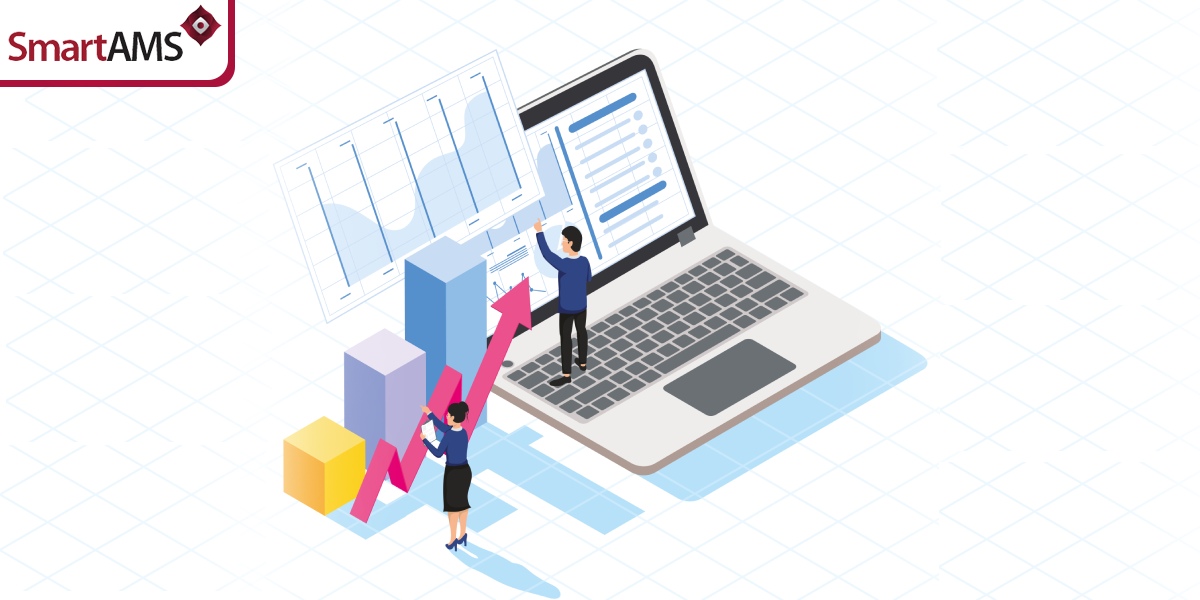The pandemic shed light on management areas that companies can improve. When the world was facing the adversities of the virus outbreak, remote work became the new norm. Post-pandemic, several organizations are either operating remotely or using the hybrid model. In both cases, there is a need for a digital solution to keep track of company assets. And the aptest system is remote asset management software.
Reaching office premises may not always be feasible for asset managers. Yet, a close eye on asset availability, movement, allocation, and maintenance is required. In such a scenario, an on-premise asset management system is limiting. Consequently, there is a chance for operations to falter. A remote asset management system efficiently tackles this problem.
In this post, we discuss how advantageous investing in an asset management system you can access remotely is. We also define what it is. Let’s get started.
What is remote asset management software?
A remote asset management software system is a holistic application that tracks complete asset lifecycles. That is, from the time of asset acquisitions until decommissioning. It can efficiently handle tasks pertaining to asset budget estimations, procurement, maintenance, transfers, and more. What sets this application apart from its on-premise counterpart is its accessibility.
Unlike on-premise asset management systems, individuals can access a remote asset-tracking software solution from anywhere at any time. To run the application, all that one needs is a device that can handle an internet browser and internet connection. Now, let’s move on to understanding if investing in this digital solution is worth the investment.
Advantages of investing in a remote asset tracking system
Full asset visibility
Regardless of your location, you gain complete visibility into your organization’s assets. The remote asset management application provides real-time answers to critical questions like:
- How many assets exist in your organization?
- What category of assets do you own?
- What is the total value of your assets?
- Do the assets comply with the latest regulations?
- What assets are in use?
Scalability
As your organization expands, your existing asset management system will require upgrading. Using the same digital power to oversee rapidly growing operations can create bottlenecks and stifle productivity. Remote asset management applications provide simple scalability options. With a few clicks of a button, you can purchase additional computing power like storage at any time.
Synchronized data
A challenge in using offline, on-premise asset management systems is data silos. Updating one application with the latest data does not reflect on another instance of the software. As the cloud powers remote asset management software, any updates you make will synchronize universally. It promotes effective collaboration and eliminates operational errors.
Updates
Updating asset management systems is crucial for keeping security protocols up-to-date and installing any new available features. Offline software applications require manual installation on each device. Whereas, remote asset management systems execute updates across systems at the same time. It circumvents the time and cost it takes to update each system manually.
Reports
Finally, remote asset management systems generate in-depth reports on assets. They show asset usage patterns, maintenance frequencies, cost of asset ownership, and more. This information allows you to optimize asset management practices for higher rewards and lesser expenses.
Wrapping up
In the present day and age, remote work is increasingly becoming the new culture. Managing resources from off-premise locations grant asset managers flexibility and complete business continuity. And the best solution for that is SmartAMS – the most powerful cloud-based asset management software. Learn more about it by reaching out to us. Unlock higher asset ROI today.
